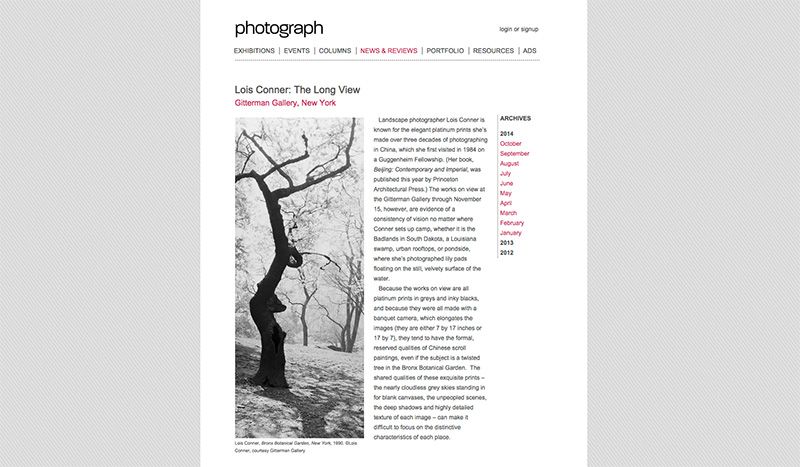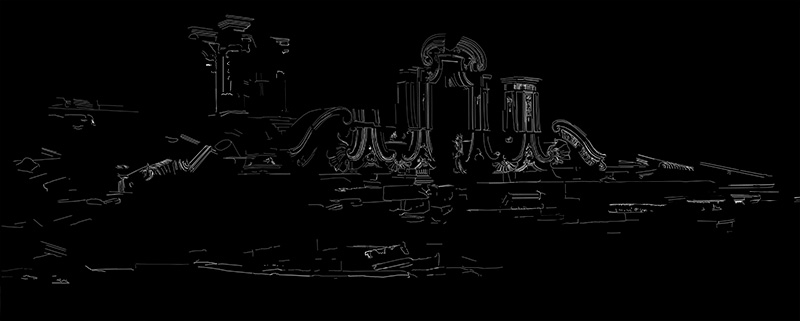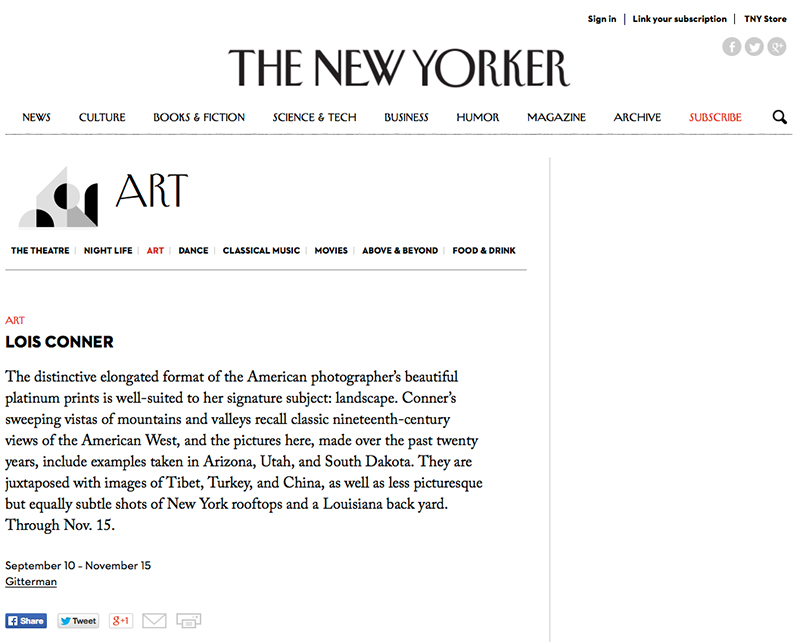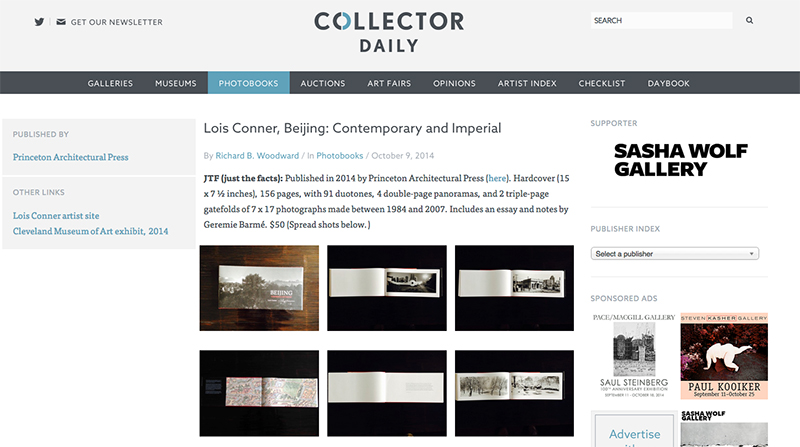![Canyon de Chelley, Riverbed 1993 {funnel of light]](http://static1.squarespace.com/static/56f555fa8a65e2fd1562e9fe/56fdd6e712b65e4c1c2b00f9/56fdd6ec12b65e4c1c2b0248/1459476204236/OW93233.jpg?format=original)
Gitterman Gallery is proud to present an exhibition of platinum prints by Lois Conner. The exhibition will open Wednesday, September 10th, from 6 to 8 p.m. with a reception for the artist and book signing for her recent publication, Beijing: Contemporary and Imperial (Princeton Architectural Press, 2014) and continue through Saturday, November 15th.
This exhibition includes images made during Lois Conner's travels throughout the world: from the Badlands in South Dakota to Cappadocia, Turkey; from the rooftops of New York City to the rooftops of Ganden Monastery in Tibet; from the mountains of Guilin, China to the Louisiana bayou. Conner’s work encourages the viewer to explore the similarities and nuances of our world. Though we are shown a moment in time of a specific place, her images invite us to consider the history of that place, its culture and its connection to other places. Conner describes her process:
"What I am trying to reveal through photography in a deliberate yet subtle way is a sense of history. I would like my photographs to describe my relationship between the tangible and the imagined, between fact and fiction. I’m a born traveler and adventurer, and an obsessive collector and observer of landscape, attempting to twist what the camera faithfully describes into something of fiction."
Lois Conner knew she wanted to be an artist at the age of six. At nine she was photographing with a 2 ¼ camera given to her by her father. From the age of 20, Conner worked for the UN for 13 years where she was exposed to a multitude of cultures, inspiring her to later explore those worlds. While at Yale (MFA 1981), she took an Art History class in Chinese landscape painting. It was there, studying the hand and hanging scrolls of the Ming Dynasty, that she first began to think of the possibilities of the elongated format for her own work. In an attempt to make her work both larger and more narrative, Conner switched to the 7x17 inch banquet camera from the 8x10 in 1982.
"The extended sweep of the panorama allows me to draw on multiple levels, much as cinema does, and to take something of the immediate present, and layer that with something from a few centuries before. The large format camera can draw the particular in minute detail. Like adjectives in a sentence, they allow the viewer to look closer, engaging them in the little world contained by the frame."
Conner first went to China on a Guggenheim Fellowship in 1984 and has returned every year since. The stories told by her maternal grandmother, who was Cree, have inspired Conner to explore the American West with a focus on the Native American Reservations. She has made trips west annually since 1989 and crossed America seven times in her Ford pick-up truck, camping along the way.
In the fall of 2012 Conner’s work was featured at the Metropolitan Museum of Art, in theChinese Gardens: Pavilions, Studios, Retreats exhibition. Solo exhibitions include the recent traveling exhibition Beijing: Contemporary and Imperial at the Cleveland Art Museum in Ohio;Beijing: Unfurling the Landscape in Canberra, Australia; Searching for Van Gogh in Dali, China (2013); Drawing the Land in Hangzhou, China (2012); and Beijing Building (2011) in London, as well as inclusion in Pictures by Women: A History of Modern Photography, the first exhibition in the renovated Photography Gallery at the Museum of Modern Art, New York (2010). Her museum collections include: the Art Institute of Chicago; National Gallery of Australia; The British Library; Brooklyn Museum of Art; Cleveland Museum of Art; The Getty Museum; Metropolitan Museum of Art, New York; Museum of Modern Art, New York; Philadelphia Museum of Art; Sackler Gallery, Washington, D.C.; San Francisco Museum of Modern Art; Victoria and Albert Museum, London; Yale University Art Gallery, New Haven. Recent publications include: Beijing Building (Rossi & Rossi, London, 2011). Twirling the Lotus(Rossi and Rossi London, 2007), Life in a Box (Hanart Gallery, Hong Kong, 2010), and China: The Photographs of Lois Conner (Callaway, 2000).









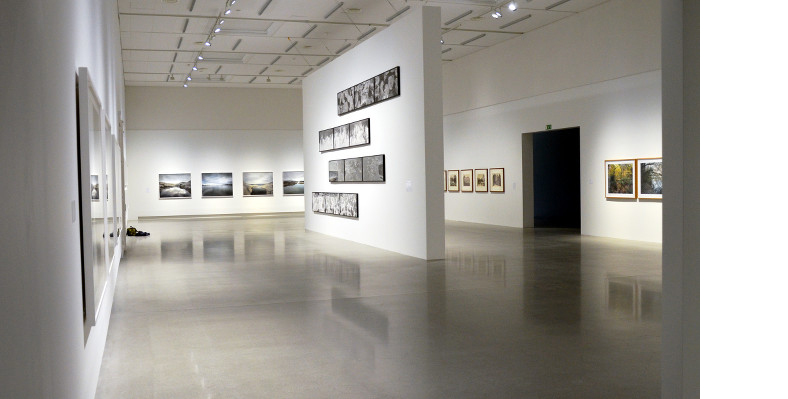


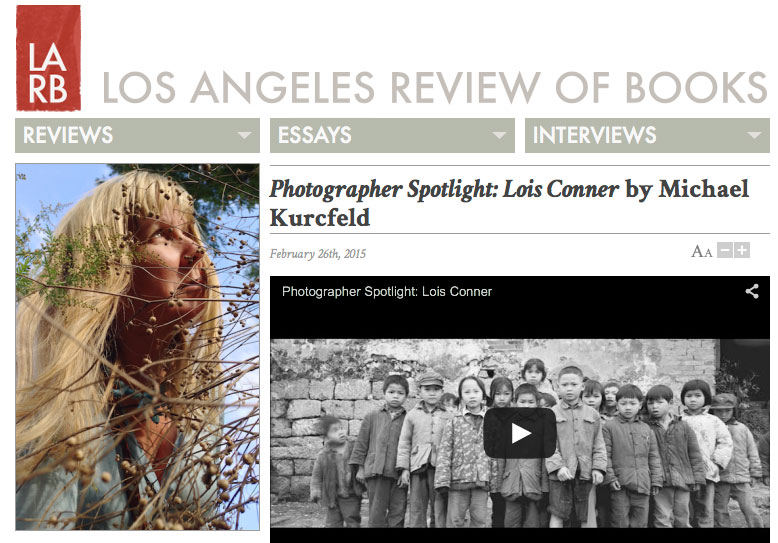
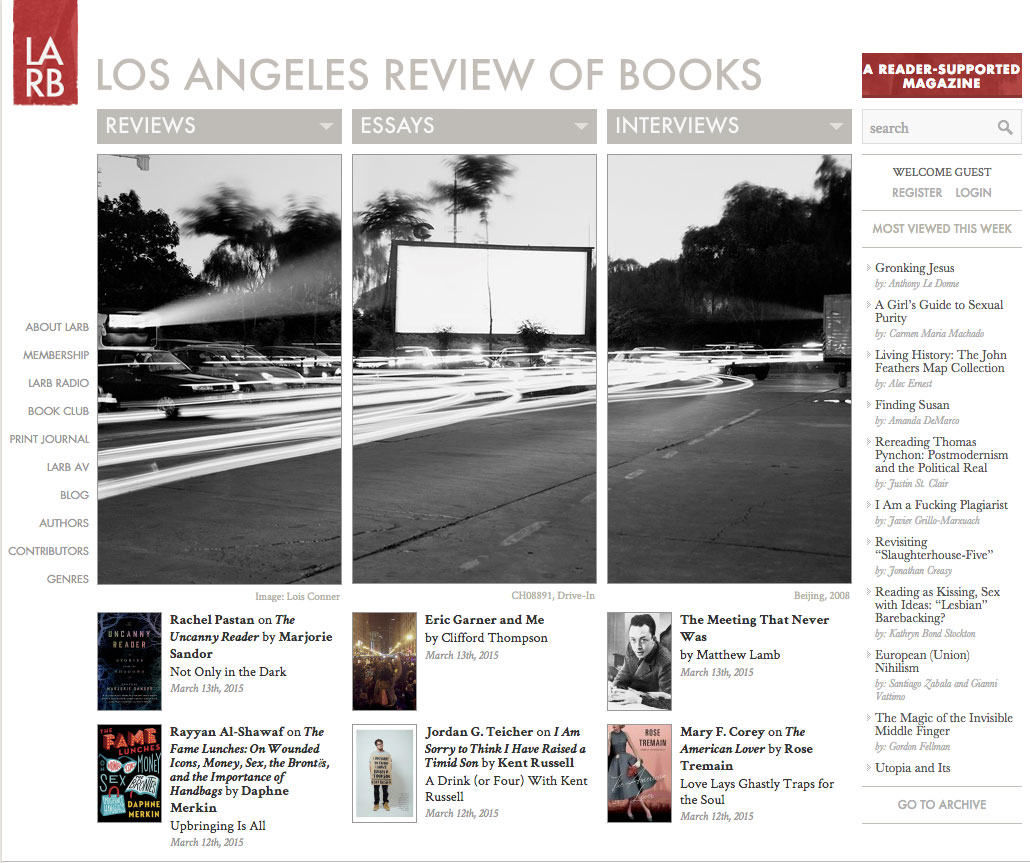
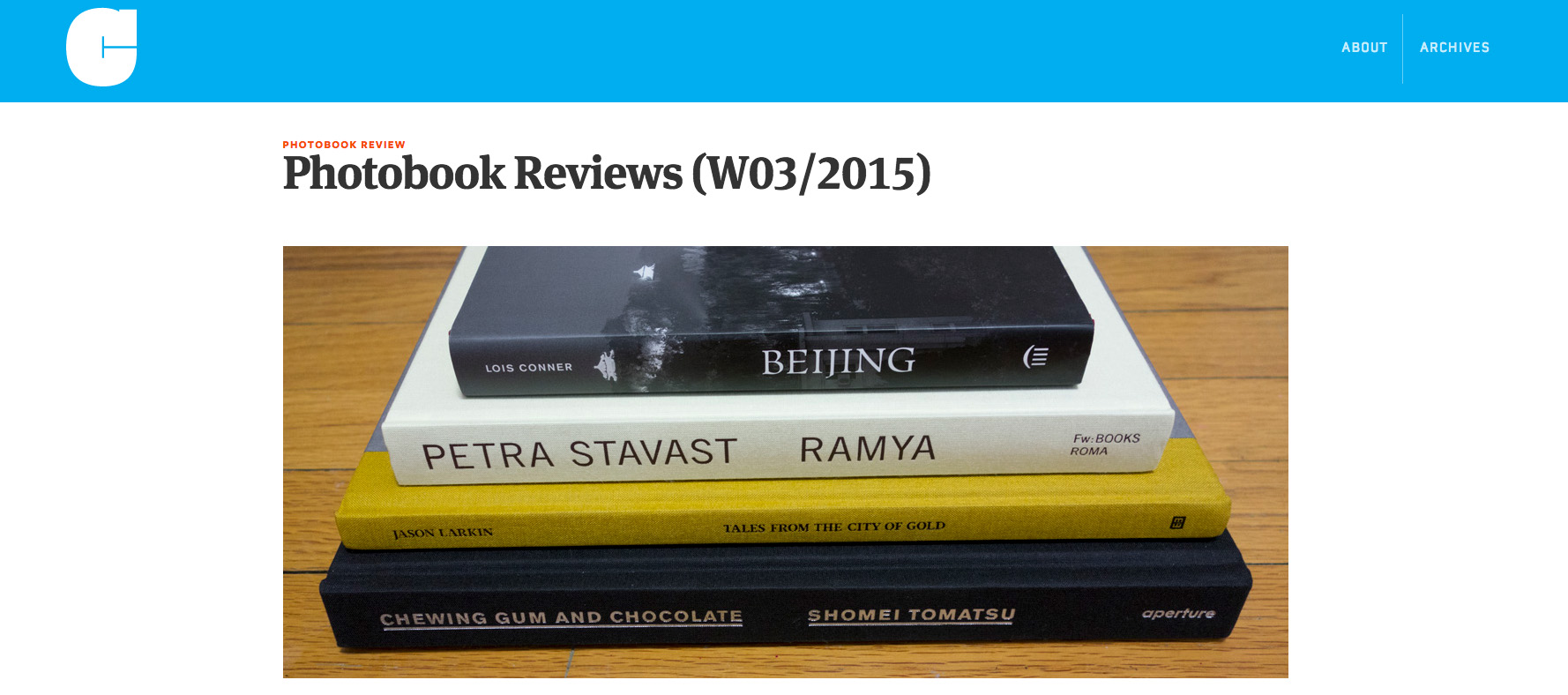
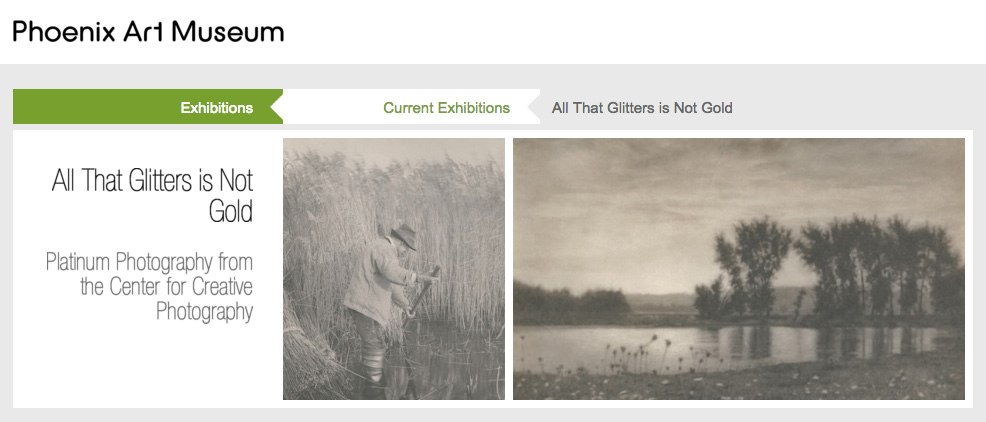
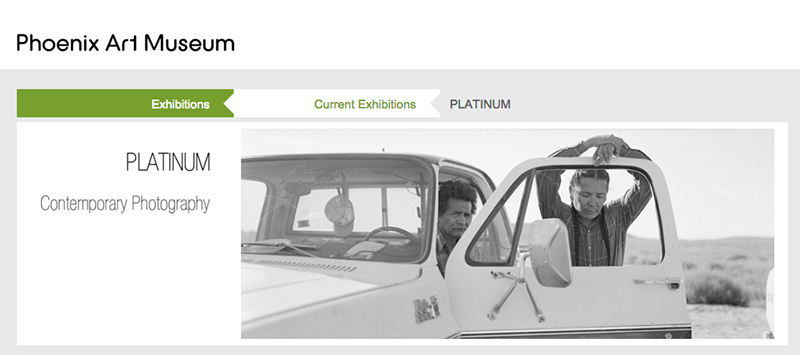
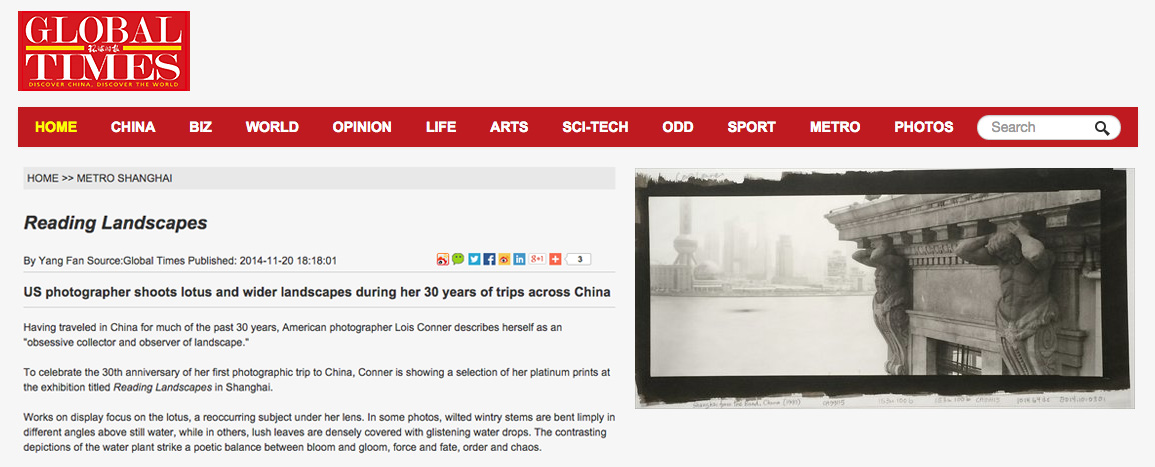
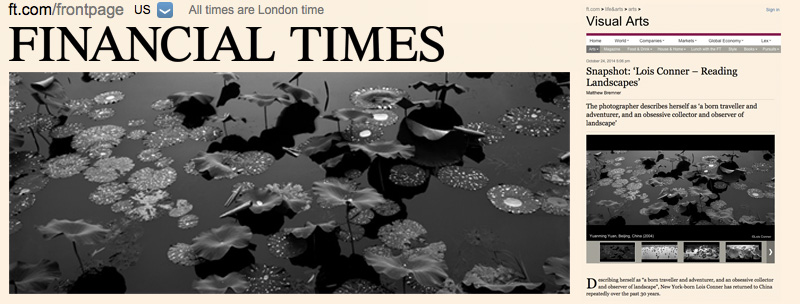
![Canyon de Chelley, Riverbed 1993 {funnel of light]](http://static1.squarespace.com/static/56f555fa8a65e2fd1562e9fe/56fdd6e712b65e4c1c2b00f9/56fdd6ec12b65e4c1c2b0248/1459476204236/OW93233.jpg?format=original)
